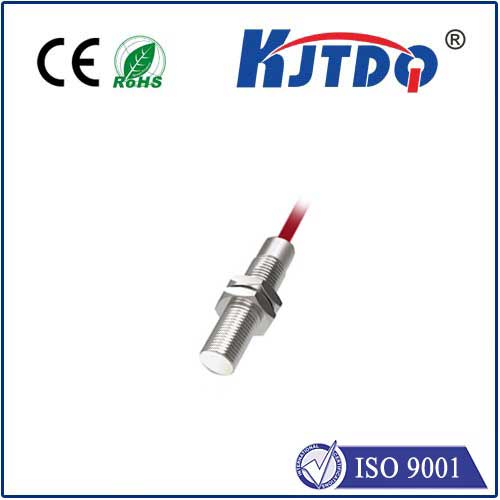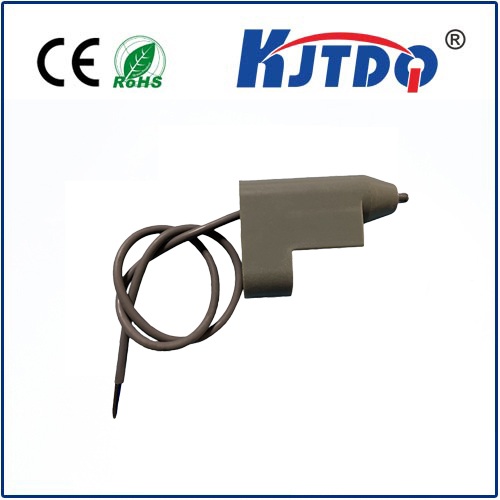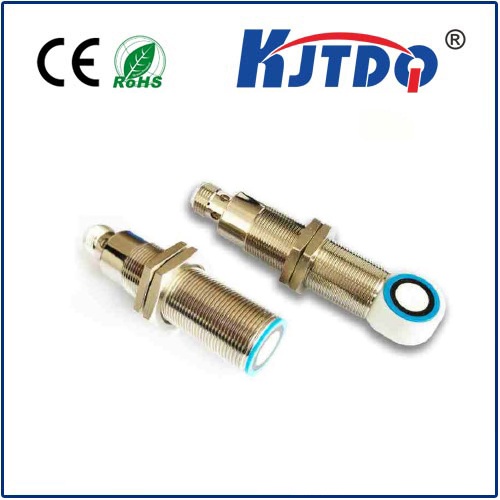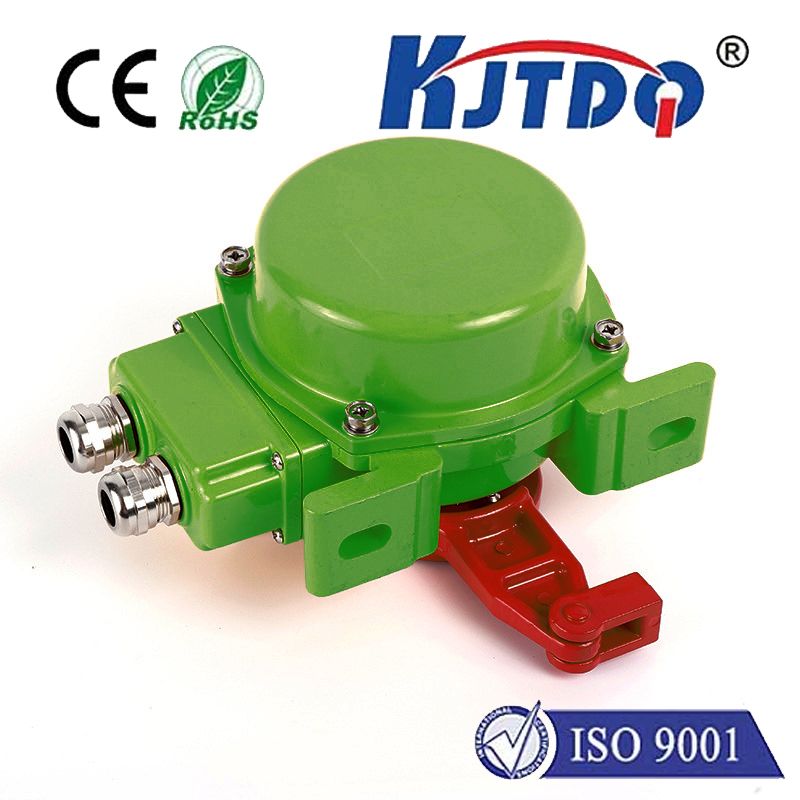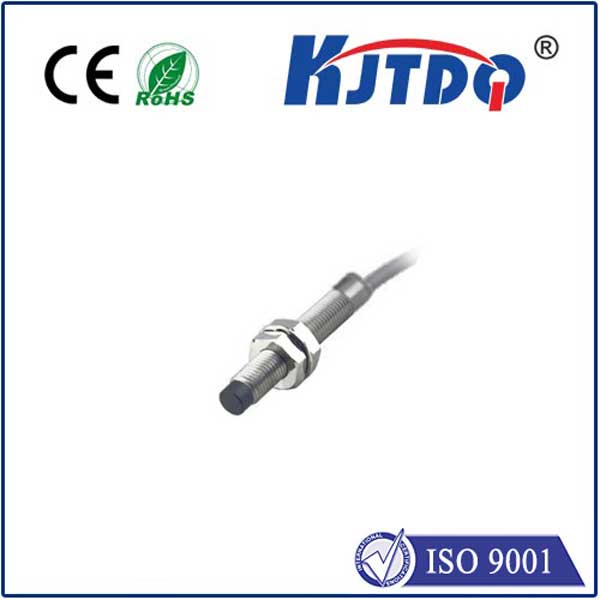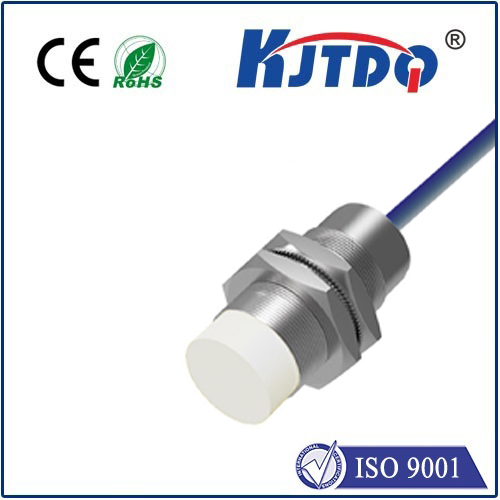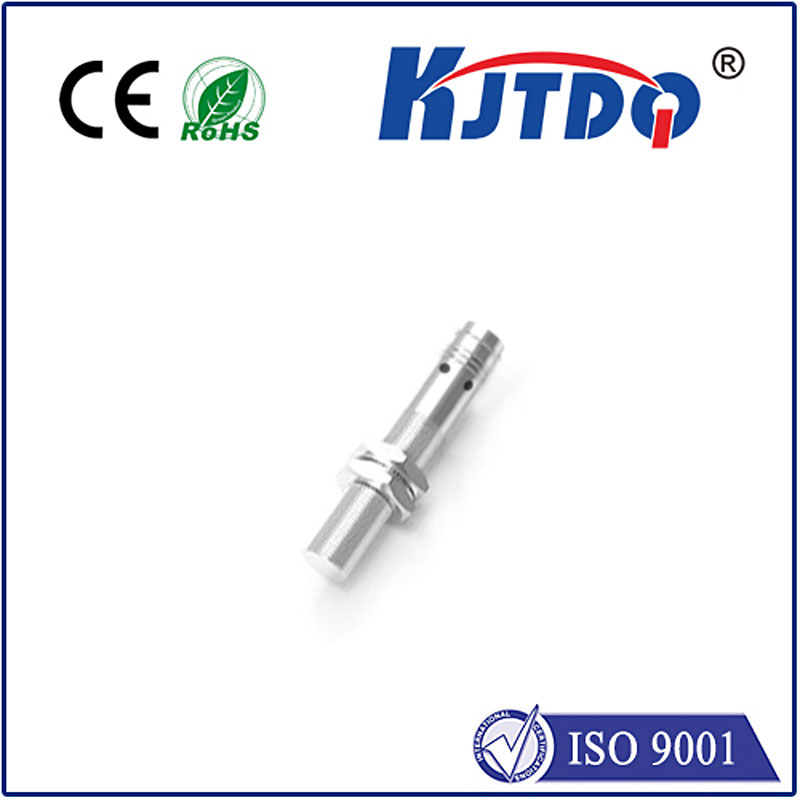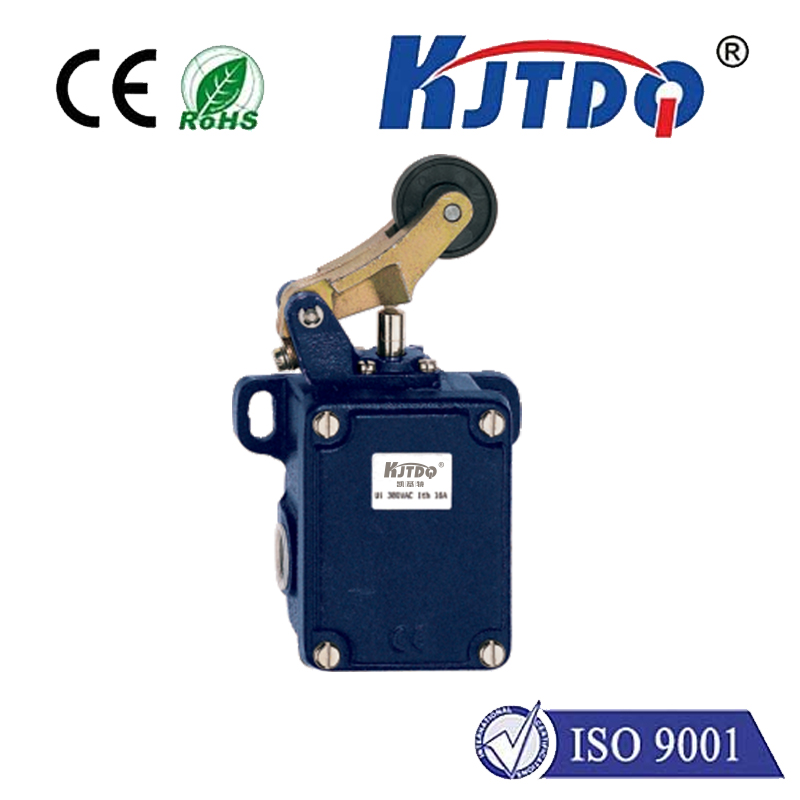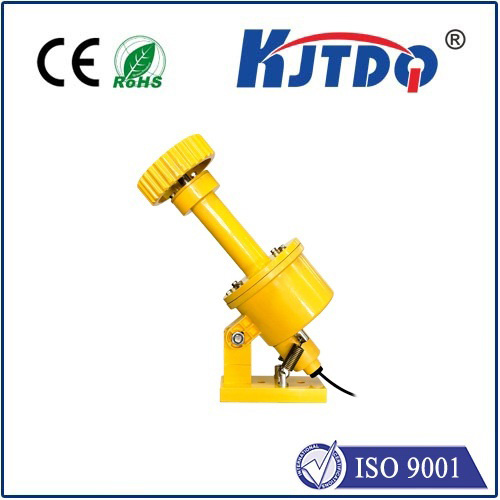
check

check

check

check
Limit switches are essential components in automation and control systems, responsible for detecting the position of mechanical parts and controlling the motion within a defined range. Among various types of limit switches, the Single Pole Single Throw (SPST) variant stands out for its simplicity and wide applications. This article aims to explore the functionality and uses of SPST limit switches, offering insights into their importance in industrial setups.
To begin with, it's crucial to understand what an SPST limit switch is. As implied by its name, the Single Pole refers to the one circuit it controls, and the Single Throw suggests that it can connect or disconnect this circuit in one go. In simpler terms, an SPST switch acts like a light switch in your home; it either turns the circuit on or off. No middle ground, no complex maneuvers—just straightforward control.
Inside an SPST limit switch, components such as the contact set, spring, and actuator come together to execute the switch's primary function. The switch's contact set completes or breaks the circuit when engaged by the actuator, which is often a pivoting arm that responds to the position of a machine part. The spring ensures the contact set returns to its original position once the actuator is released, thus preparing the switch for the next trigger event.

The application of SPST limit switches spans across various sectors. They are commonly found in machinery to signal maximum or minimum positions, ensuring that the equipment operates within safe and efficient parameters. For instance, in conveyor systems, SPST limit switches can detect the start and end points of a belt to prevent overtravel, potentially saving the machinery from damage and downtime.
In the realm of safety systems, SPST switches play an indispensable role. They might halt an assembly line if a safeguard is opened or a guard is not properly in place, protecting workers from harm and ensuring compliance with safety regulations. Their reliability and durability make them a trusted solution for risk management in industrial environments.
Maintenance of SPST limit switches is also relatively simple, which enhances their appeal for industries seeking low-maintenance solutions. Troubleshooting usually involves checking for proper actuation and ensuring that contacts are clean and undamaged. Should a switch fail to operate correctly, it’s often a quick fix or replacement job that keeps production lines running smoothly.
Beyond the basic functions and maintenance advantages, it's important to consider how SPST limit switches integrate with other technologies. In the era of smart manufacturing, these switches can be linked with programmable logic controllers (PLCs) to facilitate automated responses based on their inputs. This capability expands their usability, making them even more valuable in sophisticated machinery setups.
As we've seen, SPST limit switches embody a straightforward yet powerful tool in industrial control. Their ability to deliver consistent performance under heavy demands makes them indispensable for any system where precision positioning is critical. Whether it's a simple machinery setup or an intricate automated process, the reliable SPST switch forms the backbone of effective motion control.
In conclusion, SPST limit switches epitomize simplicity in industrial electronics. Their capacity to perform reliably under diverse conditions has made them fundamental in ensuring safety, efficiency, and accuracy across various sectors. By understanding their inner workings and appreciating their broad utility, engineers and maintenance personnel can leverage these devices to enhance operational effectiveness and support the backbone of modern automation systems.
